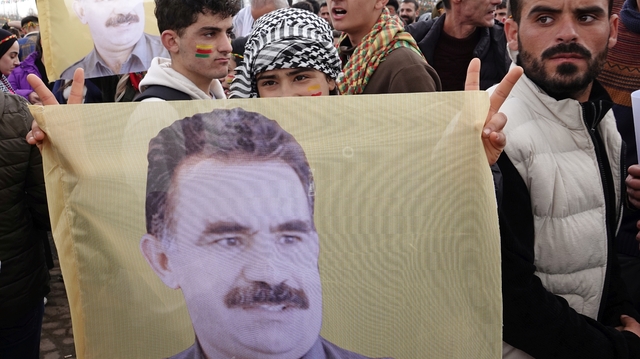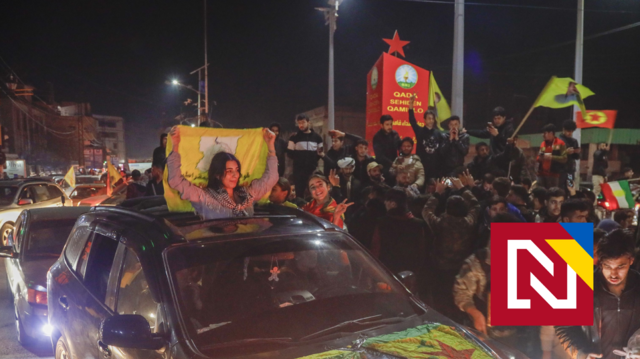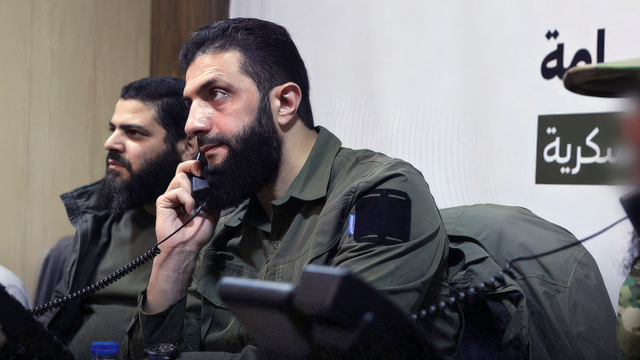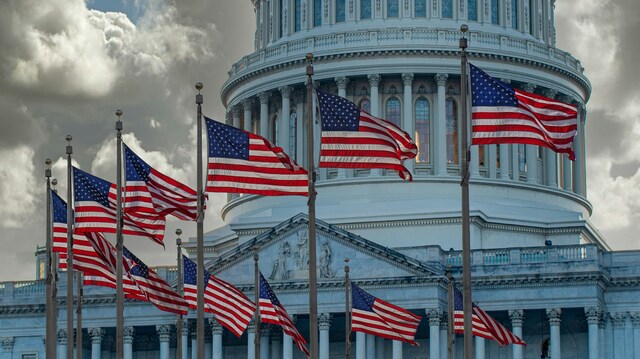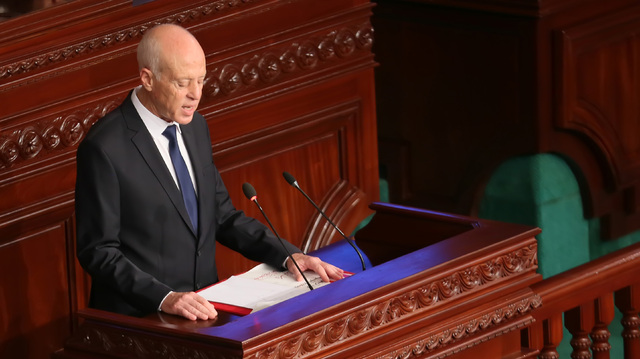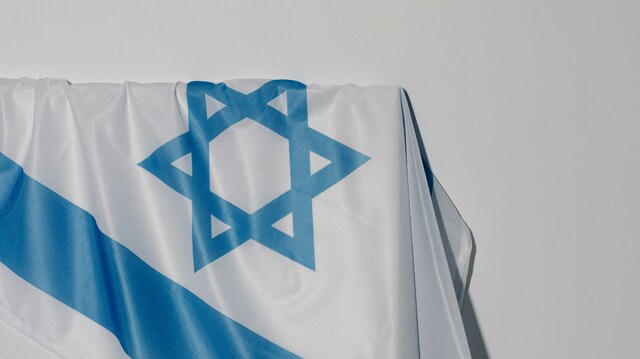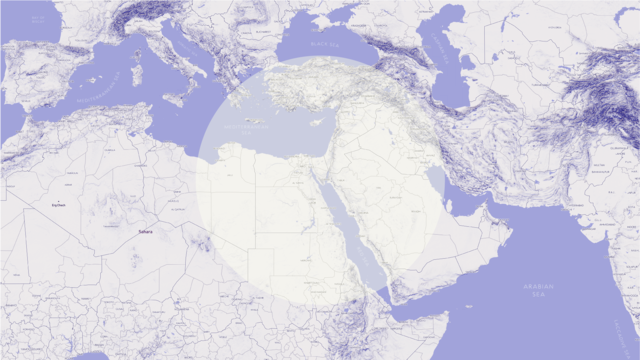Lebanon and Iraq: fragility of the protest movements
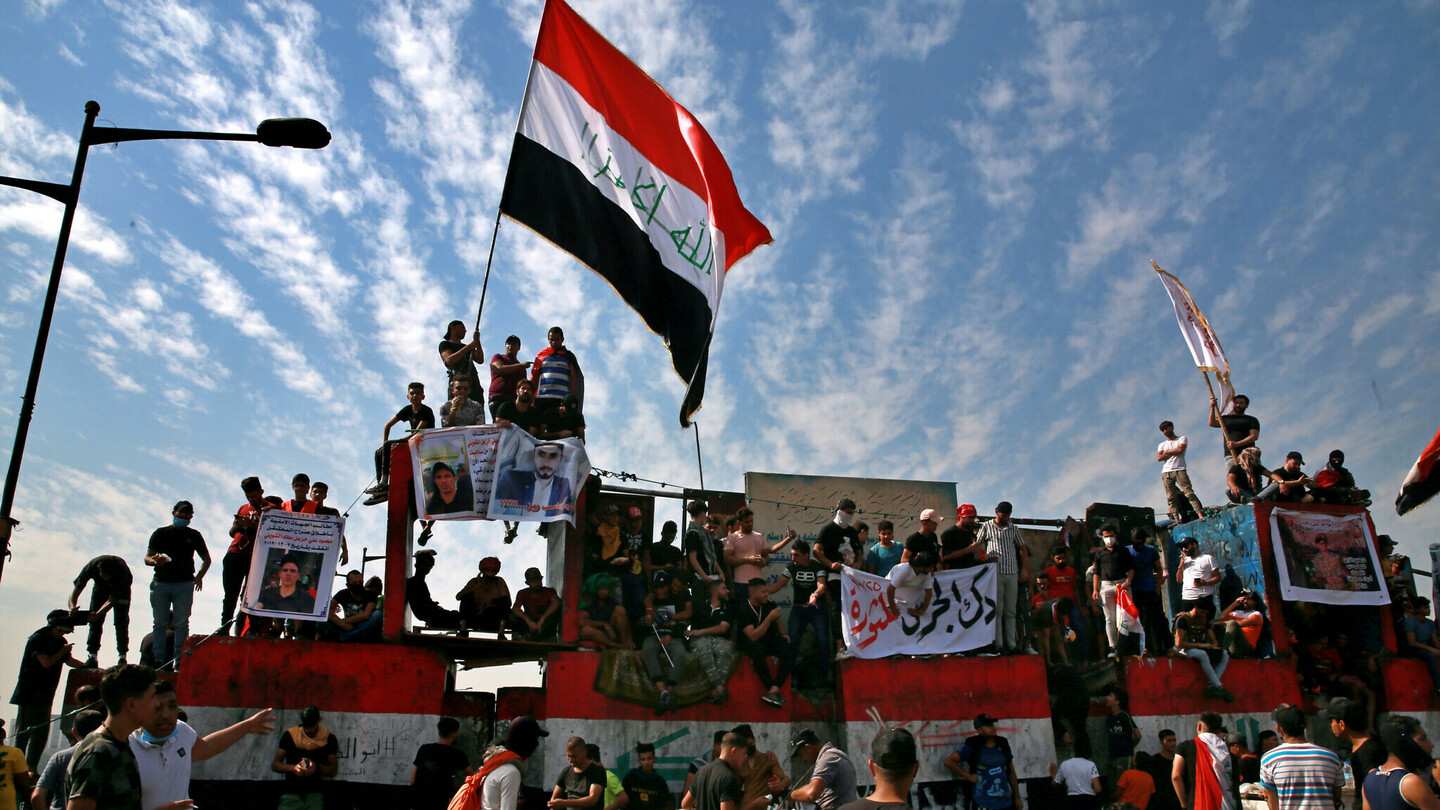
Between 2019 and 2020, protests have raged in Lebanon and Iraq and, in general, it is easy to find common ground in the anger that moves protestors in both countries. Admittedly, the former protest movements had failed to scratch the weak or even non-existent democratic systems, as well as largely corrupted governments incapable of delivering decent basic services to the population. Against this backgroud, it is easy to understand why a new revolutionary wave is agitating the region in current times. However, when it comes to Lebanon and Iraq, the most devious challenge is to answer a very simple question: what is wrong with them? Therefore, by comparing the protest movements that raged in the countries between 2019 and 2020, this paper aims at investigating the real issue behind Lebanon and Iraq’s fragility: the weak and corrupted power-sharing systems.
What really unites Lebanon and Iraq is their misfortuned faith: being ruled by a self-declared democratic first-class which is, in truth, a parasitic political elite incapable of providing for the population and that, supported by the laws, has managed to implement a debauched form of democracy where prominent positions are allocated according to sectarian lines. Needless to say, not only are the levels of patronage skyrocketing in both countries, but politics and religion are enshrined in the impenetrable doctrine of cronyism. In addition to that, these fragmented political systems have simplified the bolstering of the so-called “Iranian proxies”, meaning Hezbollah in Lebanon and other Shia political forces in Iraq, who are pushing for the maintenance of the status quo and for the expansion of Iranian influence in the Arab Middle East. In this panorama, the question that arises is: what are the reasons behind these circumstances?
Lebanon and Iraq in the Fragile State Index
Lebanon and Iraq share indeed a similar status in the Fragile State Index 2020, formerly known as “Failed State Index”. States are considered fragile when they portray low levels of governance performance and they consist of weak institutions unable to fulfil their responsibilities towards the citizens. In the year 2020, Iraq and Lebanon have respectively been incorporated in the “alert” and “high warning” groups, with Iraq occupying the seventeenth position and Lebanon ranking fortieth in the list. More specifically, according to the FSI, Lebanon’s position is mostly due to its catastrophic economic conditions, since the country scored the lowest point in the economic indicator. On the other hand, Iraq’s overall trajectory has been more positive in 2020, with a substantial improvement in the Security Apparatus and Economic Decline indicators. However, the State Legitimacy indicator has worsened, and this is mainly related to the deficiency of public services. Undoubtedly, it is impossible to deny the fragility of these two countries. However, it is possible to investigate the circumstances and factors causing such vulnerability.
While, according to some, the fragility of Iraq and Lebanon is the corollary of the lack of a common identity, this paper rejects this conjecture and argues that the precariousness of Lebanon and Iraq is the outgrowth of weak and degenerated power-sharing systems. Therefore, this paper does not aim at delivering an absolute and unconditional analogy between Iraq and Lebanon as states. Instead, this article intends to demonstrate that the Lebanese and Iraqi failed power-sharing systems are the reason behind the instability of the state. In order to do so, the paper will confront the protests movements that recently raged in the countries, by outlining their requests and purposes, by highlighting their similarities and differences and, notably, by emphasising the determinants that have triggered such protests.
Lack of a common identity
In order to understand the reasons behind the power-sharing political establishments of Iraq and Lebanon, it is necessary to take a step back and briefly portray the history of the two countries. Moreover, historical analysis is particularly useful to comprehend why some people claim that the real reason behind the two countries’ fragility is the lack of a common identity. Both Lebanon and Iraq indeed display a rather heterogeneous social fabric, due to the coexistence of several ethnic and religious groups.
The modern state of Iraq was created at the beginning of the 20th century by the British colonial administration and consisted of the deeply diverse former Ottoman provinces of Baghdad, Basra and Mosul. It is essential to point out that modern Iraq is home to at least fourteen different ethnic, religious and linguistic groups, the three principal ethnic and religious groups Sunni, Shia and Kurdish and other minorities: just to name a few, Christians (Chaldo-Assyrians, Armenians), Jews, Yazidis, Mandeans, Turkmen and Faili-Kurds, inter alia. Differently, Greater Lebanon was established in 1920 under the French Mandate and united several religious groups. Nowadays, the Lebanese population is mainly divided by sectarian lines. The majority of the population is Christian, mainly formed by Maronites. A large percentage of the population is Muslim, among them Sunnis, Shias and Druzes. In total, Lebanon counts up to eighteen recognised religious sects.
Considering these two extremely diverse social backgrounds, it is easy to understand why many scholars condemn the inadequate or even lacking common identity as the main factor undermining the stability of the Iraqi and Lebanese political establishment: it is indeed true that these populations are divided by sectarian and ethnic demarcations. Therefore, in his book: “Identity and Nation in Iraq”, Sherko Karmanj reported some of the conflicting views that academics have on the issue of Iraqi identity. For instance, Karmanj writes: “Iraq is not “one nation,” and it has never transformed itself into one during the modern era. Gelb and Galbraith assert that the assumption that Iraq’s three main communities share a common sense of nationhood is conceptually flawed because each group tends to think primarily in terms of its own ethnic or confessional community and identity.” With regard to Lebanon, instead, the Lebanese professor and researcher Haikal al-Raee writes in his article “The Lebanese failed in constructing an inclusive identity and state” for the journal “Arab Markets” (Aswaq al-Arab): “Regrettably, almost a century after the construction of Greater Lebanon and eight decades after the achievement of Lebanese independence, the unifying Lebanese national identity is still absent in the interest of minor identities and other familiar, tribal or sectarian affiliations. Excluding a couple of modest initiatives, the authorities have not tried to develop a national belonging in preparation for the constitution of a national identity”.
Are Iraq and Lebanon Artificial States?
However, many academics and, most importantly, many Arabs reject these assertations and defend the concept that Iraq and Lebanon are nations, despite all diversities. This is the case of Nuri who, in his paper: “Iraq is not Artificial: Iraqi Trends and the Refutation of the Artificial State Hypothesis”, refuses the Eurocentric model of the formation of the state as well as the concept of the artificiality of the Iraqi nation state. Nevertheless, this paper does not aim at delving further into the debate on Iraq’s and Lebanon’s national identity. However, as it has been said before, rejecting the theory of a lack of national identity was the starting point in order to analyse what this paper considers to be the real issues behind the country’s fragility: a weak power-sharing system.
Officially established in 1943 through an unwritten pact between ruling elites and reinforced by the Taif agreement after the end of the civil war, the Lebanese power-sharing system determined that the President had to be a Maronite, the prime minister a Sunni and the speaker of parliament a Shia. According to the law, senior positions were assigned to leaders and representatives of sectarian groups. Although sectarianism was considered a transitional phase in the Lebanese political system and the end of political sectarianism was considered the main goal, the old arrangement has not been significantly altered by later agreements.
Differently from the Lebanese system, the Iraqi sectarian and ethnic power-sharing system is rather recent, as it was institutionalised after the 2003 US-led invasion. The new Constitution was drafted by a US selected committee, which mainly involved Shia and Kurdish representatives, who had long opposed Saddam’s Sunni order. Therefore, not only did the new Constitution reflect Shia and Kurdish interests, but it also triggered new ruptures in the already fractured Iraqi political and social system. Sectarianism was indeed the main pattern to define the post-Saddam era and, according to the Constitution, the president had to be a Kurd, the prime minister had to be a Shia and the speaker of Parliament had to be a Sunni.
Undoubtedly, the main aim of these power-sharing systems was that of ensuring an equal political representation and a fair distribution of wealth and resources among social groups, as well as that of mitigating the potential of further conflicts among diverse communities. In truth, the corrupted and deviate elites have created decentralised neo-patrimonial states based on clientelism, patronage and nepotism. Therefore, these actions have empowered sectarian and ethnic leaders and have debilitated the rule of law and the state’s institutions. As a result, authorities are unable to provide citizens with decent public services and access to the public sector is based on loyalties, leading to the reinforcement of a corrupt civil system.
In this very context, united by resentment towards a miserable state, citizens went to the streets and gave life to the new protest movements in Lebanon and Iraq. It is possible to identify a series of similarities in the demonstrations in both countries, therefore they will be analysed according to their two main features: their anti-systemic paradigm and their anti-Iranian sentiment.
The Anti-systemic Paradigm of the Protests
In both countries, the trigger of the protest was a simple and, apparently irrelevant, policy move: the removal of the counterterrorism forces chief Abdul Wahab al-Saadi in Iraq and the imposition of a tax on Whatsapp in Lebanon. However, the demonstrations rapidly morphed into revolutionary movements demanding systemic change. Frustration with the worsening economic situations and the regional endemic economic and social issues, as well as the countries’ political “paralysis”, are among the principal factors that pushed the population to demand a systemic change of the current order. By way of example, the Lebanese economic condition is dramatic: the country is on the verge of bankruptcy with its gross public debt hitting 93.4 billion USD in the first half of 2020. Moreover, unemployment rates are skyrocketing, national institutions are corrupted, infrastructures are lacking and the population suffers continuous water and electricity shortages, inter alia. Similarly, in the case of Iraq as well, protests have mutated into anti-systemic revolutionary movements. The Iraqi population is indeed not only depleted by unemployment or inadequate salaries, defective public services and electricity or water shortages, but it is demanding a comprehensive and unmitigated systemic change. Additionally, there was a growing demand for greater responsibility for the ruling elites and for a better performance of the state’s institutions.
Furthermore, both Iraqi and Lebanese rioters are protesting against the noxious politicisation of identity. This aspect is essential in order to return to the issue of power-sharing systems and to understand the real limits of sectarianism in these states. More specifically, despite the protests have not managed to significantly enhance the cross-sectarian and ethnic cooperation, they have managed to transcend sectarian partitions and attract citizens from different faiths and sectors. They all gathered to demand the end of sectarianism and to prosecute those leaders who have taken advantage of internal ruptures to exacerbate violence among social groups and to fulfil their own political interests.
The Anti-Iranian characteristic of the Protests
Another factor the Lebanese and Iraqi protests have in common is the anti-Iranian characteristic since Iran’s growing influence has been perceived in both countries as an attempt to encroach upon national interests. More specifically, in Lebanon, Hezbollah’s growing political and economic power is not only able to influence or even freeze the decision-making process, but it might also have significant negative repercussions on the country’s economy. Moreover, Hezbollah depends on a tangled net of intra- and inter-sectarian alliances and elite accommodation. Such a network is independent from the control of the ruling system and works in favour of the party’s personal interests and, obviously, those of Teheran. Similarly, in Iraq protestors accused Iran of interfering in the country’s domestic affairs and of corrupting politicians to fulfil its own interests, particularly through the manipulation of Shiite factions and militias. In fact, Teheran’s intrusion in Iraq and Lebanon is aimed at the expansion of the theocracy's sphere of influence. In Lebanon, for instance, where Iran dominates through its proxy Hezbollah, the Islamic Republic is able to broaden its power onto the Mediterranean and, more particularly, towards Israel. Differently, neighbouring Iraq represents a direct threat to Iran, since the previously fought war between the two countries was a catastrophe to Iran. Therefore, in Iraq, through its support to the Shiite Popular Mobilization Forces, estimated to have the highest number of seats in the Iraqi parliament, Iran is able to extend its power and fulfil its own political interests.
Therefore, the 2019-2020 protests have seen the rise of slogans such as: “all of them, meaning all of them” in Lebanon, indicating that the revolutionaries do not make distinctions among parties and leaders. In Iraq, instead, the anti-Iranian slogan “We want a homeland” or “Iran, out, out!” as well as the disfiguration of posters of Iranian leaders indicates the desire of freeing the country from foreign influence. Such slogans and protests “showcase the failure of the proxy model where Iran is able to expand influence but its allies are unable to effectively govern,” argued Ayham Kamel for Apnews media in October 2019.
Conclusion
Lebanon and Iraq suffer from internal partitions and differences among social groups might escalate and turn into violence. Both countries incorporate different identities, which sometimes are not able to integrate with each other. Moreover, throughout the decades, external powers have definitely exacerbated these internal ruptures in order to fulfil their own political interests. While the revolutionary movements have demonstrated that different social groups are able to gather and fight for the same cause, they have also highlighted how political and social transformations are difficult in mixed societies. Therefore, it would be rather unthinkable to try to establish and bolster an eventual stabilisation process through a mere political dialogue or through the imposition of nation-wide reforms that do not take into account each group’s identity, features and role.
However, many of the reasons for Lebanon and Iraq’s fragility are structural and they are related to the weakness of their political systems, which resulted from degenerated forms of power-sharing. Failure in governance, political corruption, nepotism and cronyism are a plague in both Lebanese and Iraqi societies and corruption proliferates from the central to the local governments. Moreover, both countries present disastrous economic situations: poverty and unemployment rates are towering and the fiscal pressure is an additional burden. In addition to that, both countries host political factions that are Iran’s proxies and do not want to change the status quo. Furthermore, in both cases, civil society is weak and social conditions are stark.
For all these reasons, Lebanon and Iraq undoubtedly represent a massive challenge. However, the revolution has knocked its doors so many times now, that it is not hard to predict that other protests will rage in the future. As for now, they might be shouting in the streets: “don’t throw teargas, we can cry by ourselves”, but the political elites should beware: he who laughs last, laughs loudest.
